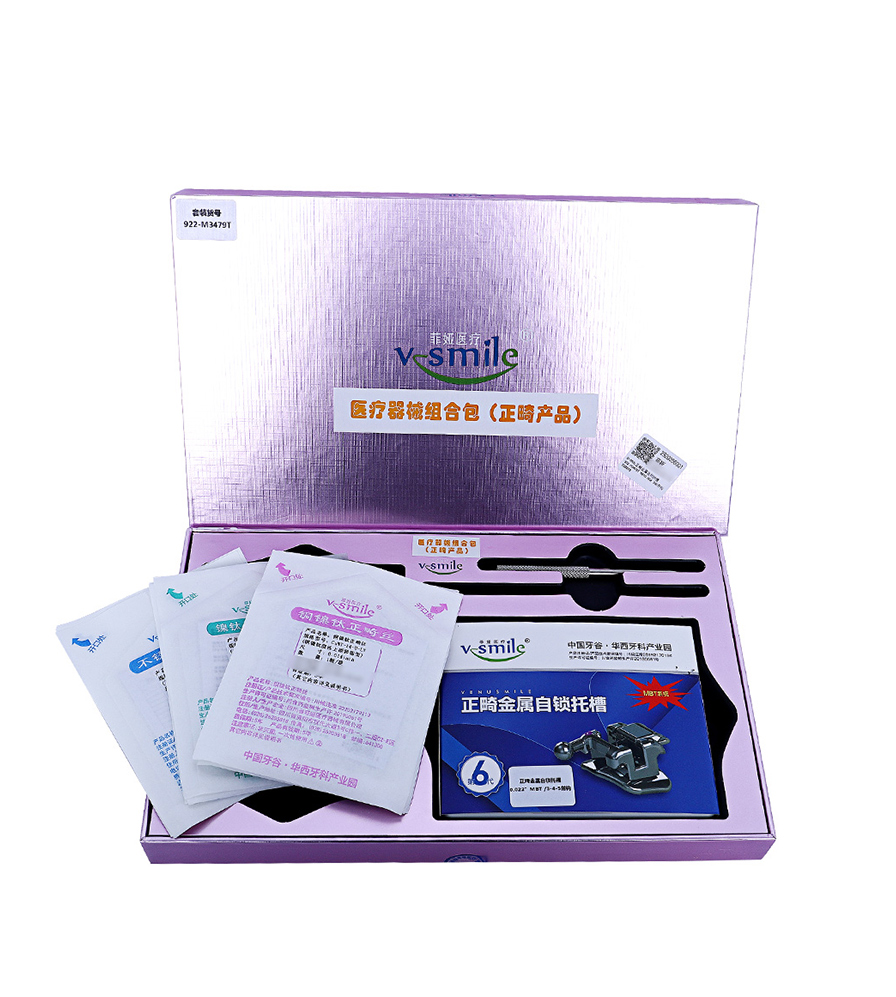orthodontic instruments names and images
Orthodontic instruments represent a comprehensive collection of specialized tools essential for dental professionals in providing optimal orthodontic care. These instruments include precision-engineered pliers, such as How, Weingart, and Bird Beak pliers, each designed for specific wire bending and manipulation tasks. Digital imaging systems and intraoral scanners have revolutionized the way orthodontists capture and analyze patient data, offering high-resolution 3D images for accurate treatment planning. Modern bracket positioning gauges ensure precise placement of orthodontic appliances, while wire cutters and ligature directors facilitate efficient wire management and ligature placement. Advanced diagnostic tools like digital cephalometric analysis software and articulation paper holders help in comprehensive treatment planning and occlusal adjustment. The integration of ergonomic designs in these instruments has significantly improved handling comfort and precision, while sterilization-friendly materials ensure compliance with strict hygiene protocols. These instruments are continually evolving with technological advancements, incorporating features like LED illumination for better visibility and precision-calibrated measurement systems for accurate adjustments.


